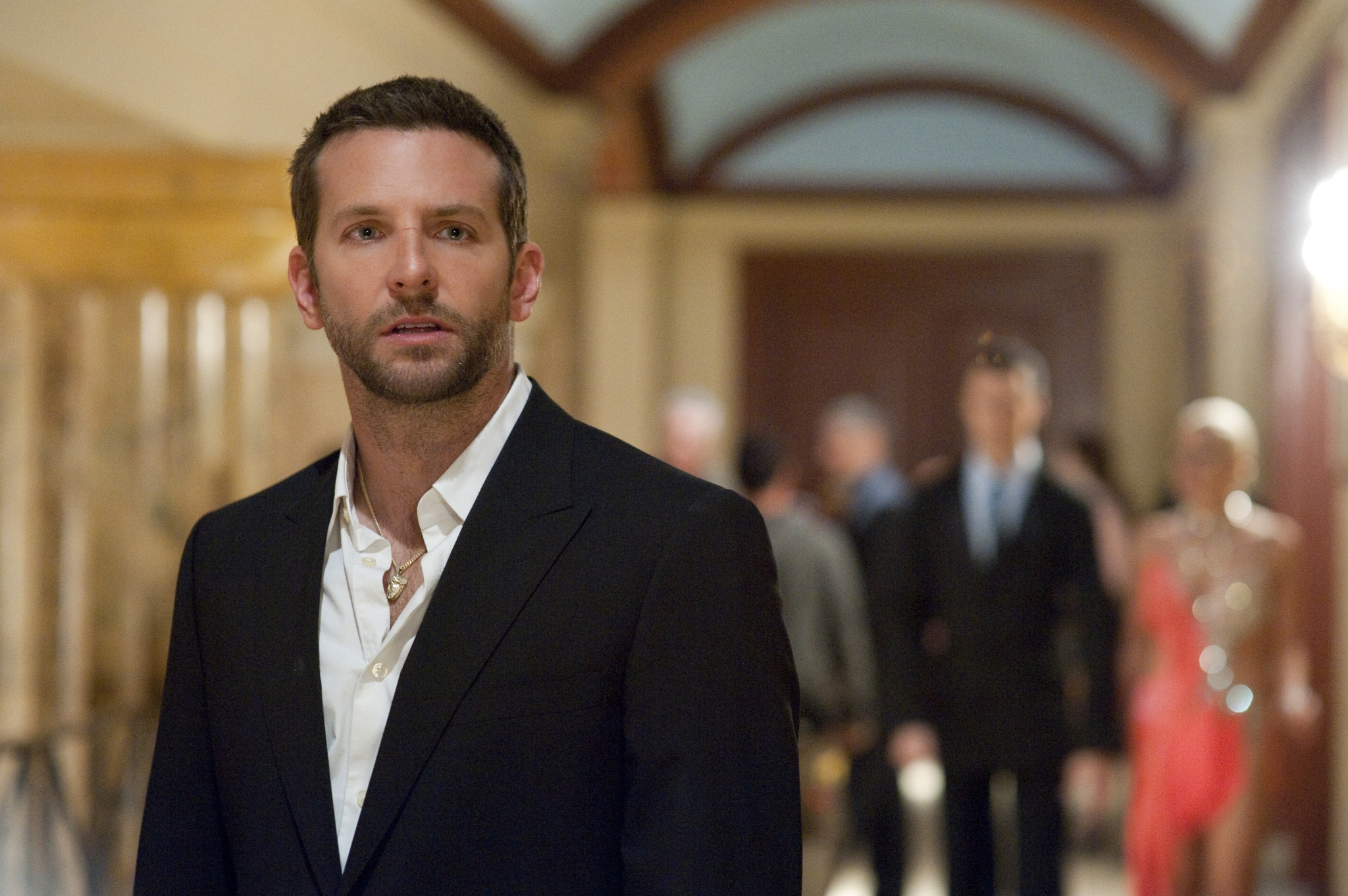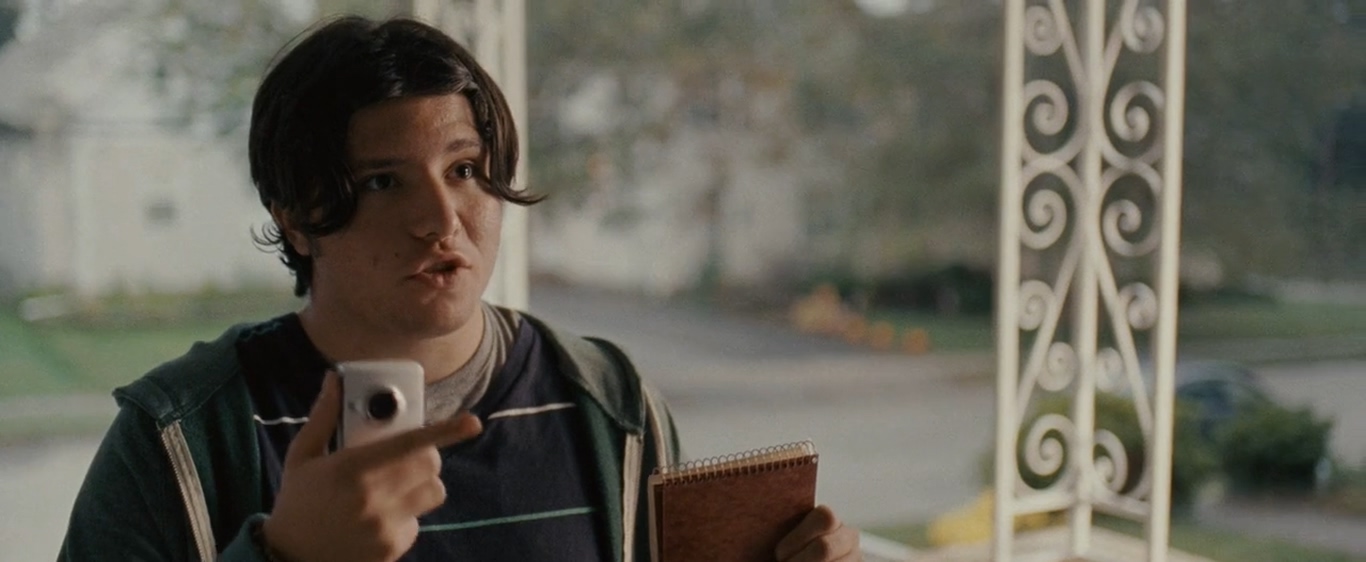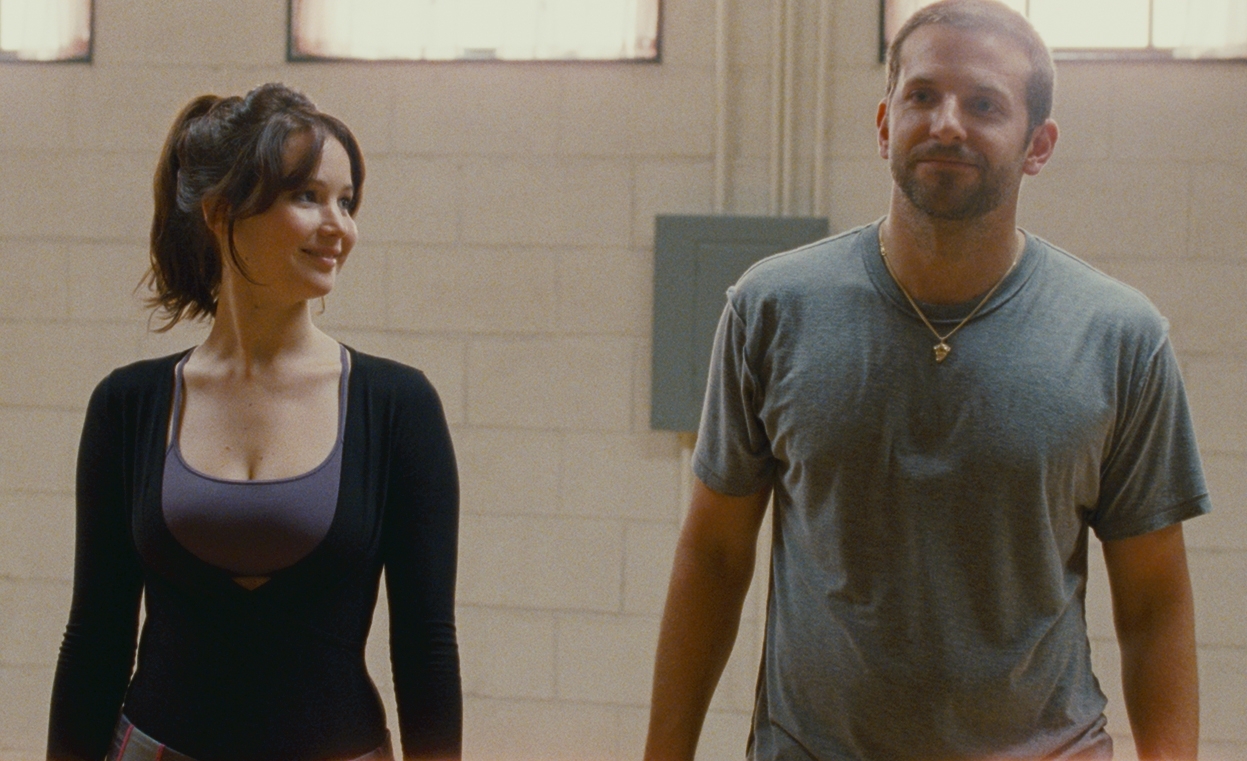Good films are made when the sum of all parts contributes to the creation of a coherent whole. But in great films, all the parts converge to create a profundity that exceeds the whole. Acclaimed American filmmaker David O. Russell previously wowed the critics with his boxing film ‘The Fighter’ (driven by nuanced character acting from Christian Bale), but the film that gave him his due recognition is the 2012 dramedy ‘Silver Linings Playbook,’ which rightly belongs to the second category. A compelling look at trauma and mental illness, the film is nothing less than an emotional roller-coaster ride, and we, as audiences, are made to laugh and cry with the characters.
The narrative revolves around Pat Solitano Jr., a former schoolteacher suffering from bipolar disorder who holds on to the memory of his separated wife, Nikki, but along comes a mysterious stranger named Tiffany, urging Pat to reconcile with his trauma. Directed with immediacy and articulately portrayed on screen by names such as Robert De Niro, Jennifer Lawrence, and Bradley Cooper, it did not take long for the film to be a critics’ darling. In the year next to its release, the film earned as many as eight Academy Award nominations, and Lawrence bagged one for her sparkling acting in the role of Tiffany. However, if the film makes you wonder whether it is tethered to reality, let us get to it.
Is Silver Linings Playbook Based on A True Story?
No, ‘Silver Linings Playbook’ is not based on a true story. However, the film feels refreshingly realistic in its empathetic and therapeutic portrayal of Pat’s gradual coping with his bipolar disorder, in its homage to avid Philadelphia Eagles fans with their superstitions and tailgating, and in its depiction of the peculiar characters that bear the distinct essence of Philly suburbs. How did it all come together to create the moving ambiance of the film, one may wonder, and surely so.

The screenplay of the film is penned by David O. Russell himself, who based it on Matthew Quick’s 2008 novel ‘The Silver Linings Playbook.’ However, the adaptation process was not easy, and the director developed the screenplay over a period of five years to get every aspect right. He prepared drafts after drafts, and with the actors coming on board and providing their own inputs, the parts had to be readjusted accordingly.
The film begins with Bradley Cooper’s Pat Solitano Jr., who struggles with bipolar disorder at a psychiatric facility. Throughout the film, Pat struggles to adjust to his family while living in denial about his tattered marriage, but life has bigger designs for Pat, which he chooses to overlook until the final epiphany. For the director, it was instrumental in balancing the bipolarities of the characters right.
How that portrayal would evoke a dramatic response and would engage the audiences till the last minute was also a significant concern because the film struck quite a personal chord for the director. Speaking to The Hollywood Reporter, the director revealed one of his major inspirations behind the pursuit of the project – his own son, Matthew, and his lifelong battle with bipolar disorder.
In fact, you can identify Matthew from a cameo role in the film as the young man who comes knocking at the door for an interview with Pat. As a child, Matthew was diagnosed with autism, which developed in his later years to become a bipolar-OCD amalgamation. Russell understandably had to overcome challenges to understand Matthew’s agony and accompany him in his struggle. As a father, Russell wanted to do justice to the film as it held such a personal connotation.

When Russell went to Robert De Niro with the screenplay, the legendary actor was also deeply moved to hear the personal side of the story, and as a father of six, he could relate to Russell’s difficulties. Showered with awards and accolades, the veteran actor of ‘Taxi Driver‘ had nothing more to gain in his prolific film career, but he became so committed to the project that he would turn up early during the shoots with all his parts committed to memory.
Apart from being a poignant and quirky look at loss, trauma, and mental troubles, the film is also a true-to-life portrayal of the Philadelphia suburbs. Many living in the city can relate to the frenzy during the pre-game of Philadelphia Eagles, and the director put a great deal of research to get the particularities of the neighborhood right, down to the food, the superstitions, and the “Philly” accent. Presumably, the director had some insight about the locality from Bradley Cooper, as the actor was born in the city and grew up in a similar suburban neighborhood in Jenkintown.
Speaking to Forbes about what the local character of the film brings to the plate, the director said, “I think a neighborhood is a very enchanted thing that can save lives. Because it’s something that you have when the times are hard, and you have these rituals that you can take for granted.” To draw a final verdict, the film is deeply tethered to reality despite its evident fictional basis, and in the end, the authentic feel of the film is what creates the cinematic magic.
Read More: Where Was Silver Linings Playbook Filmed?


You must be logged in to post a comment.